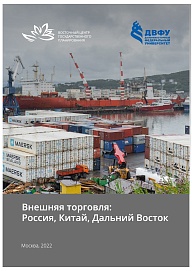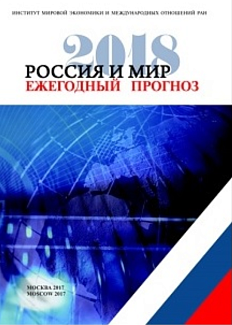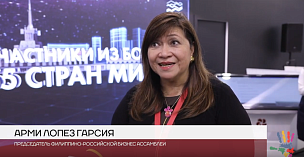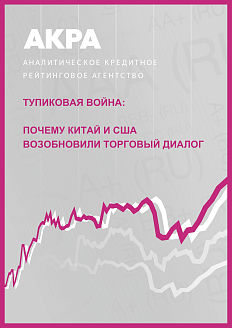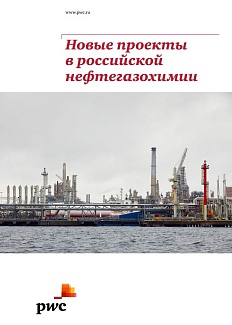Joint study of the Eastern Center for State Planning and the Far Eastern Federal University on current trends and prospects for the development of foreign trade between Russia and China.
Analysts of the Roscongress Foundation have identified the main theses of this study, accompanying each of them with a relevant piece of video broadcasts of panel discussions held as part of the business programs of key events held by the Foundation.
The volume of mutual trade between Russia and China has been growing at a high rate for more than a decade.
The trade turnover between Russia and China from 2010 to 2021 increased by 2.6 times (average annual growth rate 9.2%) and amounted to 145.7 billion US dollars. Russia is Chinas 12th largest trading partner. At the same time, exports to China will be distributed at a higher rate than imports. The basis of exports is energy carriers, while industrial equipment prevails in the structure of imports.
The Far East accounts for 12.7% of Russias total exports to China. From 2010 to 2021, the volume of FEFD exports to China increased 2.8 times in value terms and amounted to $8.7 billion.
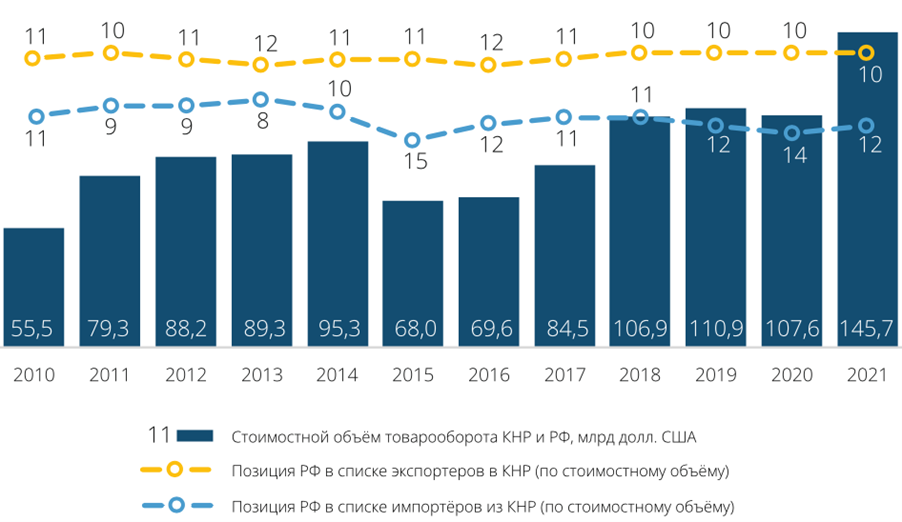
The current situation determines the positive dynamics of foreign trade between Russia and China in the future.
In the first quarter of 2022, the volume of mutual trade between Russia and China increased by almost a third compared to the same period last year. If current trends continue, the total trade turnover between the countries will exceed $200 billion in 2024 and $280 billion in 2027.
These forecasts are connected both with a general increase in prices in the food and energy markets, and with the reorientation of Russias technological imports from unfriendly countries, as well as the transition to mutual settlements in national currencies.
Video: https://roscongress.org/sessions/spief-2022-rossiya-kitay/search/#00:17:59.807
The main challenges for the further development of mutual trade between Russia and China are logistics and regulation.
From the point of view of logistics opportunities, such promising projects as the development of the infrastructure of the Northern Sea Route, the increase in the capacity of the Trans-Siberian and Baikal-Amur railways, as well as the reconstruction of automobile border crossings, should be singled out.
The authors of the report also propose to remove unnecessary regulatory barriers between Russia and China through the development of a legal framework that regulates Russian-Chinese relations in the field of foreign trade and transit of goods.
We also invite you to familiarize yourself with other materials posted in special sections of the Roscongress Information and Analytical System Trade policy, Export promotion and Far East devoted to development of foreign trade.


